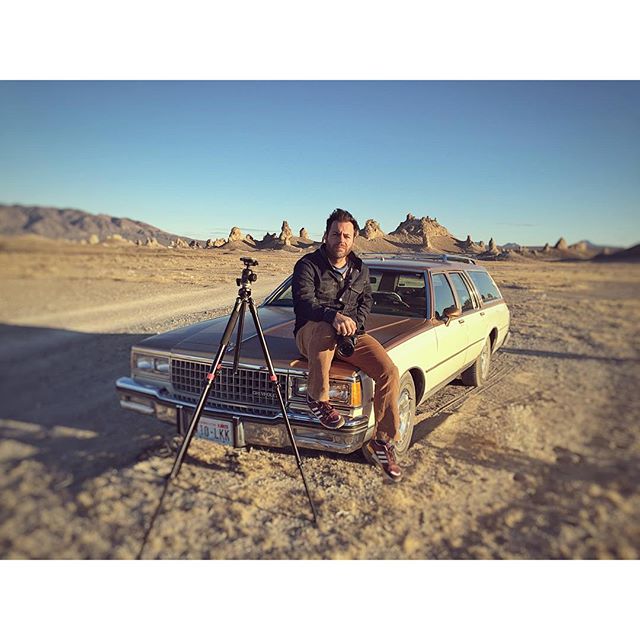Born in Montevideo, Uruguay, Fernando moved to Atlanta when he was 10. At 18, as a bicycle courier, he was hemmed in by dangerous drivers and peer influence. He was exposed to the often gritty means by which people champion their own independence and refuse to be shot by the world. It was by grappling with the grinding metropolis that he came to an understanding of sight as an unassuming source of knowledge. It is for this reason that Fernando tells people’s stories through images. People believe the notion that a picture is worth a thousand words, but Fernando’s work values the worth: “which words?”
Following a beatific trip to Hawaii on a borrowed camera, Fernando studied photography at Portfolio Center in Atlanta, Georgia.
What is your background?
I grew up in Uruguay. When I was 10 I moved to the US with my family. After high school, I had no idea how I would make a living. After a trip to Hawaii with a borrowed camera, I signed up for a photography 101 class.
What kind of photography do you most identify with?
I go back and forth between heavily conceptualized photography and documentary portraiture. I love the story-telling element of photography.
Explain your style in 100 words
My style is adaptation. I am constantly fine-tuning my technical skills by challenging myself to perfect the art of listening and interpreting. Part of the pleasure of being a photographer for assignment is bringing collaborative ideas to realization.
How did your style change over time?
I used to take pictures of anything and everything. Over time, I’ve come to know that people are my favorite subjects and that I like them best in their own element.
What photograph left a lasting impression on you and why?
Before I’d seen Richard Avedon’s “In the American West,” when I thought of photography I referenced fashion and what I’d seen in magazines. These portraits told me it was ok to shoot real characters.
When did you discover your passion for photography?
When I was in school, I had to take a 4×5 portrait class. For my first assignment, my teacher, Jerry Burns asked us to look up the work of Richard Avedon and make a portrait inspired by his work. I photographed a family friend.
Describe a real-life situation that inspired you?
That happens every day! I just rediscovered a set of portraits I made while traveling through Boyaca in the Colombian Andes – the wind blows all the time so that the kids all have chapped cheeks.
What’s your most embarrassing moment?
I was so nervous when I met Steve McCurry at an IPA event- I wanted to ask him what he was working on these days and what came out was: “So, do you still shoot?” I really put my foot in my mouth.
What jobs have you done other than being a photographer?
Oh man…only about a hundred. I’ve tended a bar, crated art work, been a bicycle courier, assisted other photographers, construction, apprenticed a mausoleum maker, server, busboy, bagging groceries, etc.
What is your dream project?
On the documentary side – I’d love to photograph indigenous cultures, especially in North America, whose histories are being lost. For advertising – key art for a Leonardo Dicaprio feature.
Name 5 photographers who have inspired you
Richard Avedon, Gregory Crewdson,
What would you do without photography?
Maybe creative direction or photo editing. Or bank robbery.
How do you know when a body of work is finished?
They never are- it’s like DaVinci said. “….never finished…only abandoned.”
Is there one photograph of yours that you are very proud of? Why?
I made a picture called “Calm After The Storm” depicting a pregnant woman (my wife & son) lying belly-up in a kiddy pool in the suburbs- it was a family collaboration, that made it really special.
What is your most important gadget? Is there something you can’t live without in your studio?
I shoot mostly on-location. My smartphone has become pretty crucial. I make notes, track the sunlight, carry references, maintain contacts- just everything.
How did you start taking pictures? Why do you take pictures?
I borrowed a camera from my neighbor to go to Hawaii. I didn’t know how to use it, but when I came back with 50 rolls of film, I decided I had to learn.
What was your first camera?
CanonEOS A2e
What camera do you use now and why?
The camera that I carry with me at all times is a Canon 5D Mark III- for now.
What role does the photographer have in society?
The photographer is not obligated to any specific role. You give yourself the role that best expresses what is meaningful and/or makes a living…
You can contact Fernando and find his work here.

